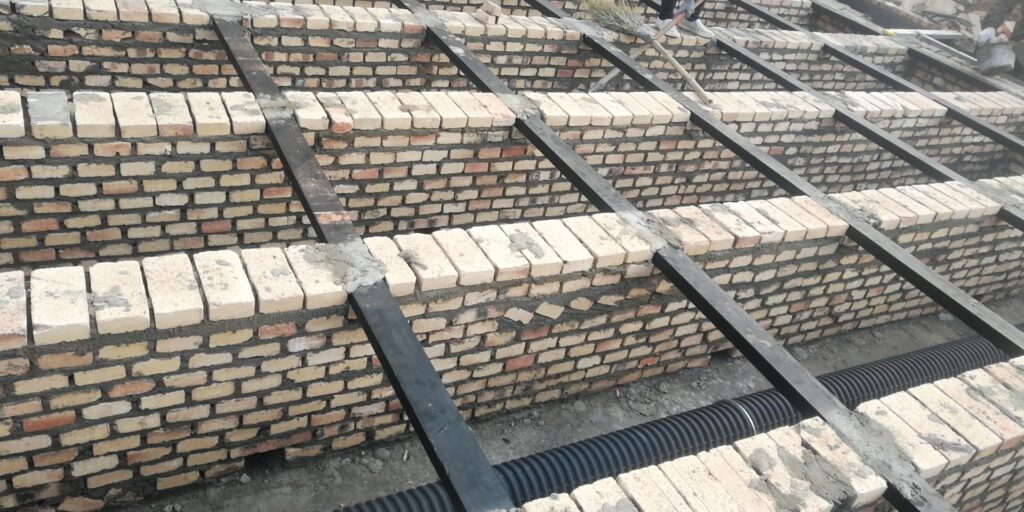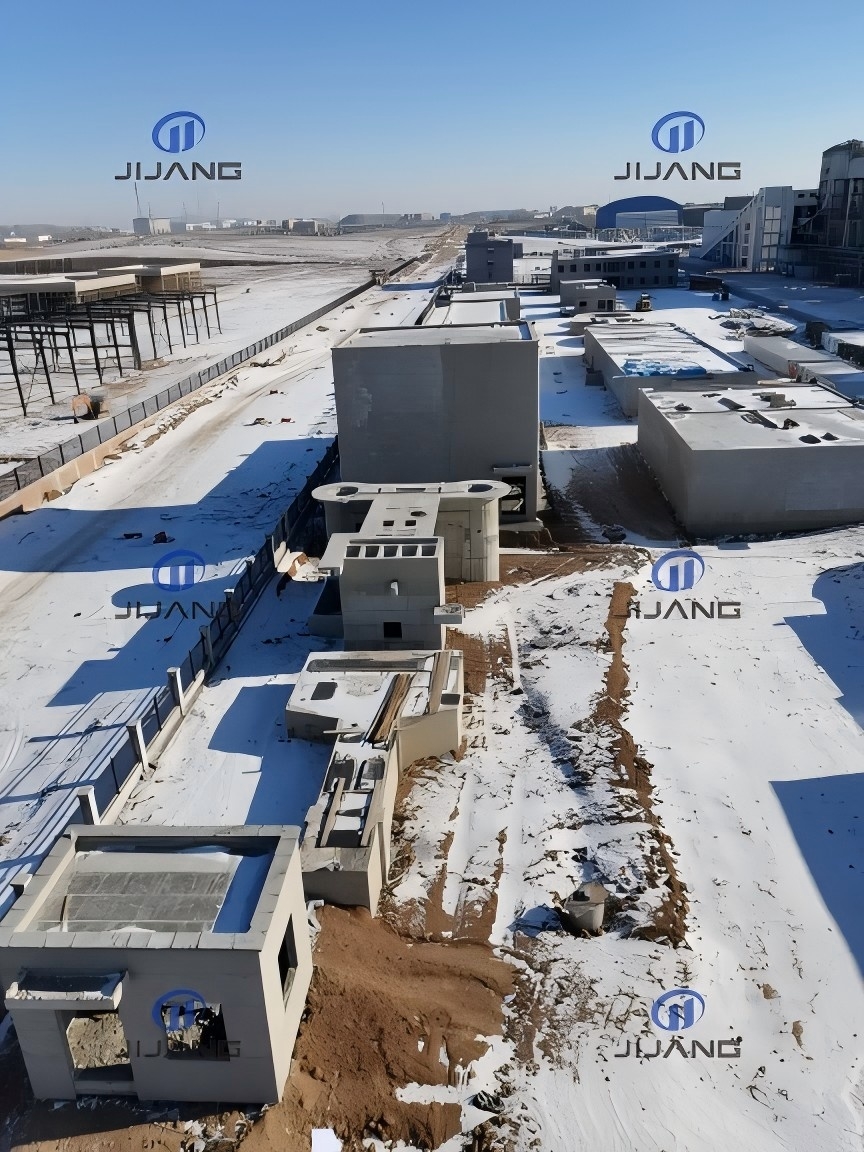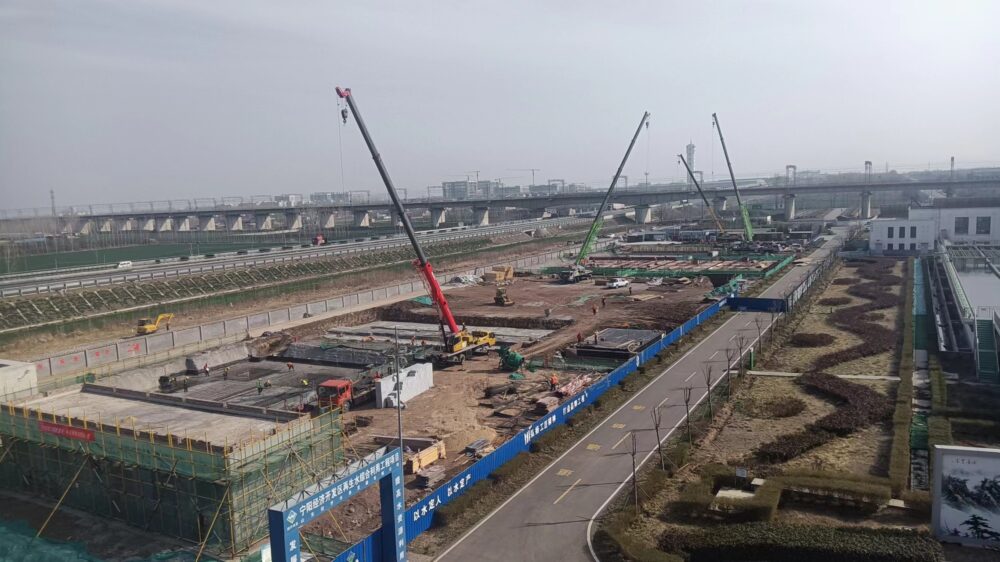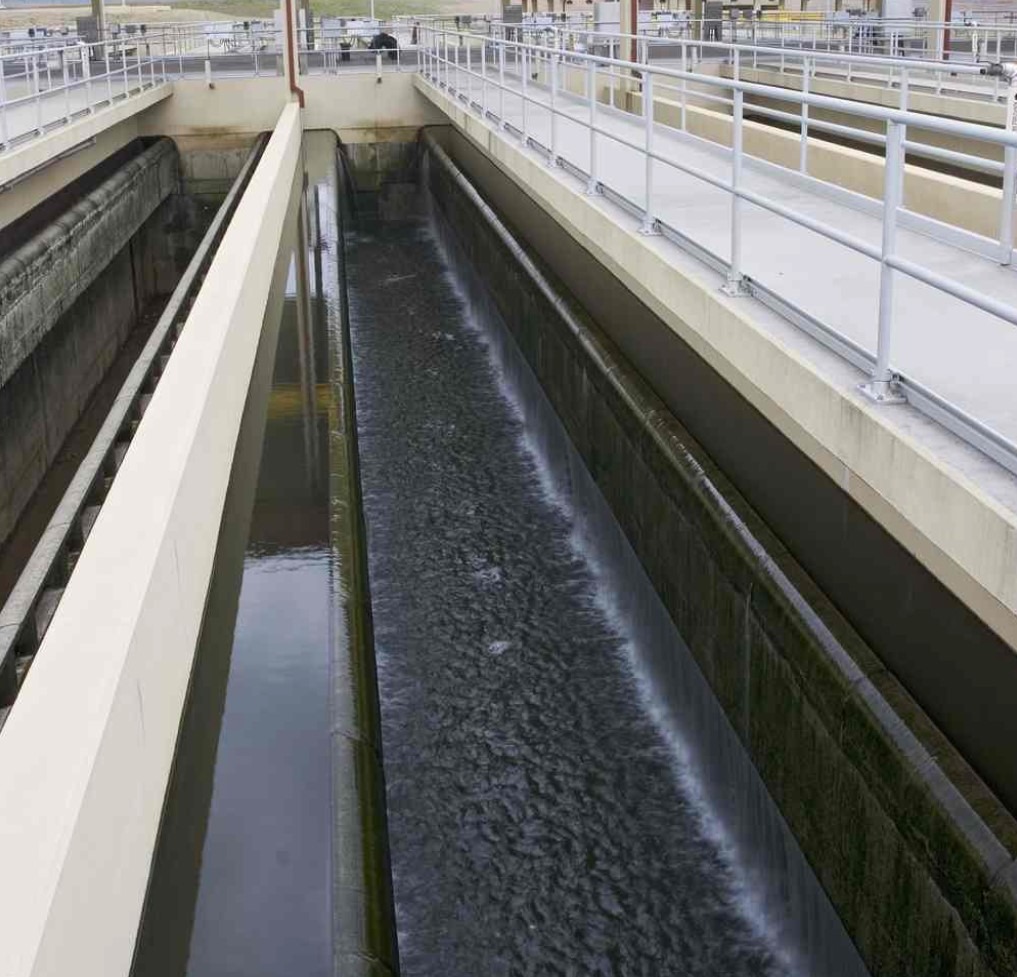1. Municipal sewage network projects play a crucial role in urban development. They not only ensure the effective treatment of urban sewage, but also serve as a crucial safeguard for ecological environmental protection and improved quality of life. To ensure smooth pipeline network construction, meticulous consideration must be given to multiple aspects during the design phase, including intersections, trenches, sub-bases, and pipes.
1.1 Intersection Design
The intersection is the starting point of sewage network design. It involves the precise determination of elevation points and center points, parameters that are crucial for the layout and construction of the network. Before the design firm submits the intersection plan to the construction company, it must undergo detailed calculations and multiple surveys to ensure design accuracy and feasibility during subsequent construction.
1.2 Trench Design
Trench design, as a core component of sewage network projects, directly determines the flow direction of the drainage system and the quality of the project. During layout design, particular attention must be paid to the accuracy of the centerline, the appropriateness of the base width gray line, and the rationality of the slope width. Excavation design also presents a significant challenge. Improper excavation techniques can affect trench quality and, in turn, compromise the performance of the entire pipeline network. Therefore, when designing excavation, factors such as pipe diameter and soil conditions must be comprehensively considered to develop a scientific and rational excavation plan.
1.3 Sub-base Design
As a critical structural layer in sewage pipe network projects, the sub-base plays an essential role. It effectively isolates water, drains water, and acts as a freeze protector, providing essential protection for the sewage network. Currently, sand sub-bases are commonly used in municipal sewage pipe network projects. Key design considerations include ensuring that the sand particle size meets the requirements for medium-coarse sand and adhering to the “line first, sand later” process to ensure that the sub-base thickness and slope are consistent with the construction drawings.
1.4 Pipeline Design
Pipeline design is an essential component of municipal sewage pipe network projects. Key considerations in pipeline design include material selection and combination patterns. To ensure the efficient transport of sewage pipes, pipe diameters should be determined based on factors such as sewage treatment volume, flow rate, pipe slope, and pipe resistance. Pipe slopes should be determined based on factors such as sewage flow rate and pipe length to ensure smooth drainage. Pipe support and fixing methods should be designed based on factors such as pipe location, material, and diameter to prevent problems such as pipe deformation, fallout, and joint leakage.
2. Sewage Pipe Design Considerations
2.1 Sewage pipes should avoid sharp bends to ensure smooth sewage flow.
2.2 Sewage pipes should be designed to cross other pipes to prevent interference.
2.3 Sewage pipe joints should comply with design specifications to prevent water leakage.
2.4 Elbows, flanges, and other parts of sewage pipes should comply with design specifications to prevent leakage.
2.5 Cleaning and maintenance of sewage pipes should be easy to perform to ensure long-term service.






